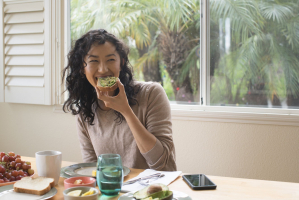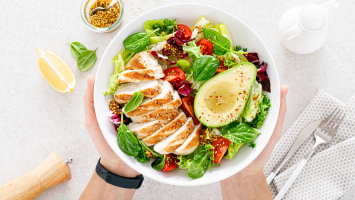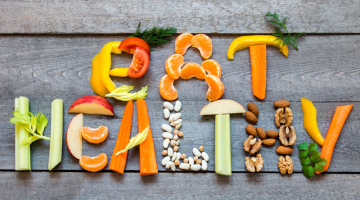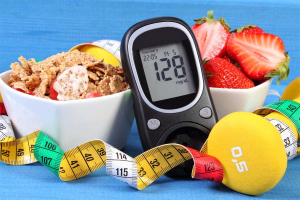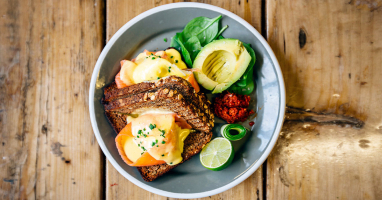Top 10 Simple Ways to Stop Eating Lots of Sugar
Too much sugar in your diet might be harmful to your health. Obesity, type 2 diabetes, heart disease, cancer, and tooth decay have all been linked to added ... read more...sugar. For optimal health, the World Health Organization recommends consuming no more than 5% of calories from added sugar. Let's find out some of the Simple Ways to Stop Eating Lots of Sugar below!
-
According to research, those who consume one or more sugary beverages per day have a 26% higher risk of developing type 2 diabetes than those who consume one or fewer sugary beverages per month. It was also shown that people who consumed fewer sugary beverages tended to weigh less.
Sugary drinks, such as sodas, sports drinks, energy drinks, sweetened teas, and others, account for the majority of added sugars in the American diet. Furthermore, drinks that many people consider to be healthy, such as smoothies and fruit juices, can still have a lot of sugar added to them. One cup (271 grams) of cranberry juice cocktail, for example, has almost 7 teaspoons of sugar (31 grams). Drink calories are quickly absorbed, leading to a fast rise in blood sugar levels. Here are some healthier beverage options that are naturally low in sugar: water, unsweetened sparkling water, herbal teas, black or green tea and coffee.
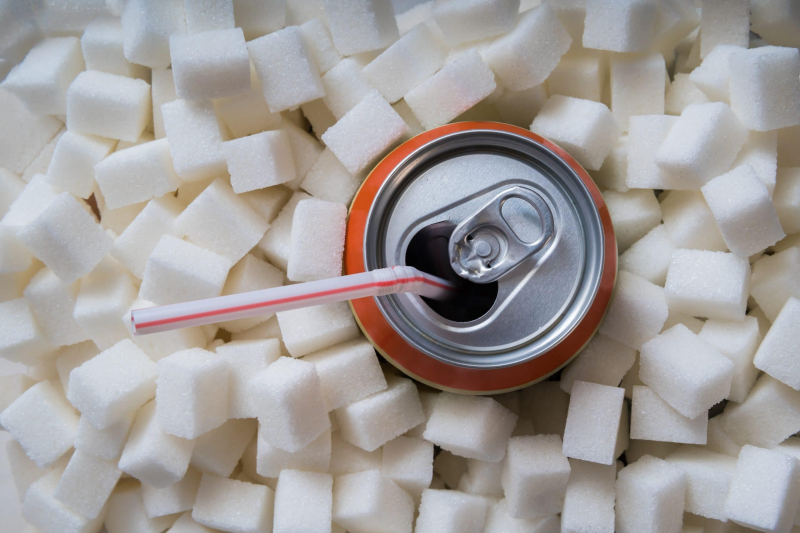
Cut back on sugary drinks 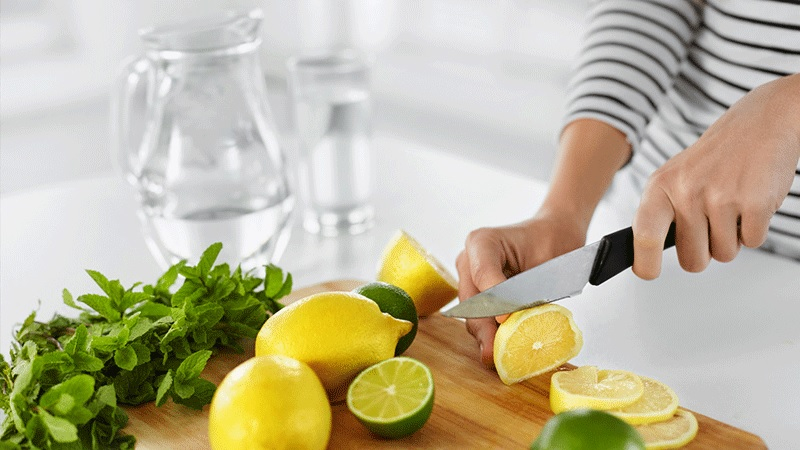
Cut back on sugary drinks -
The majority of desserts, sweets, and candy are empty of nutritional value. They're high in sugar, which promotes blood sugar spikes, making you fatigued and hungry while also making you need more sugar.
Desserts made with grain and dairy, such as cakes, pies, doughnuts, and ice cream, account for more than 18% of the added sugar consumed in the American diet. If you're looking for a low-sugar option that will still satisfy your sweet tooth, fresh fruit; Greek yogurt with cinnamon or fruit; baked fruit with cream or dark chocolate (70% cocoa or higher) may be the great options. Swapping sugary desserts with fresh fruit not only lowers your sugar intake, but also boosts your intake of fiber, vitamins, minerals, and antioxidants.

Avoid sugary desserts 
Avoid sugary desserts -
Most kitchens include sauces like ketchup, barbecue sauce, spaghetti sauce, and sweet chili sauce. However, the majority of people are unaware of their sugar intake.
"Condiments can be a sneaky source of added sugar, empty calories, and extra sodium. Look out for premade Asian sauces like teriyaki or sweet and sour - instead look for a lower sugar option or make your own”, says Zoë Schroeder, MS, RDN, CSCS. 1 teaspoon (5 grams) of sugar is contained in a 1-tablespoon (17-gram) serving of ketchup. That means ketchup has 29% sugar, making it sweeter than ice cream. To avoid hidden sugars in condiments and sauces, look for those that are labeled "no added sugar". Herbs and spices, chili, mustard, vinegar, pesto, mayonnaise, and lemon or lime juice are all naturally low in added sugars and can be used to season your food.
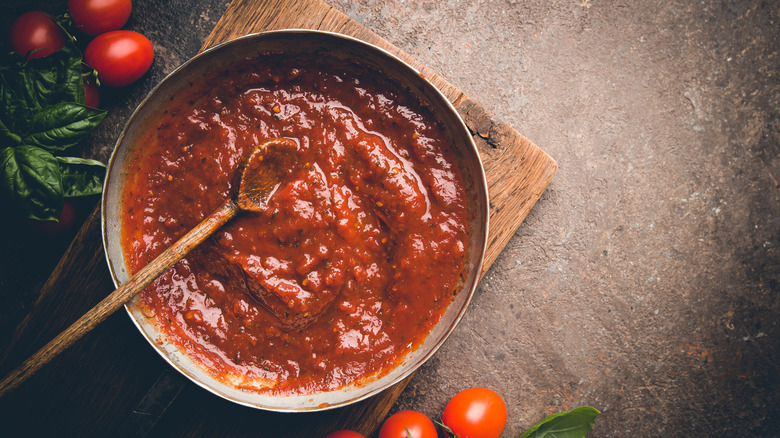
Avoid sauces with added sugar 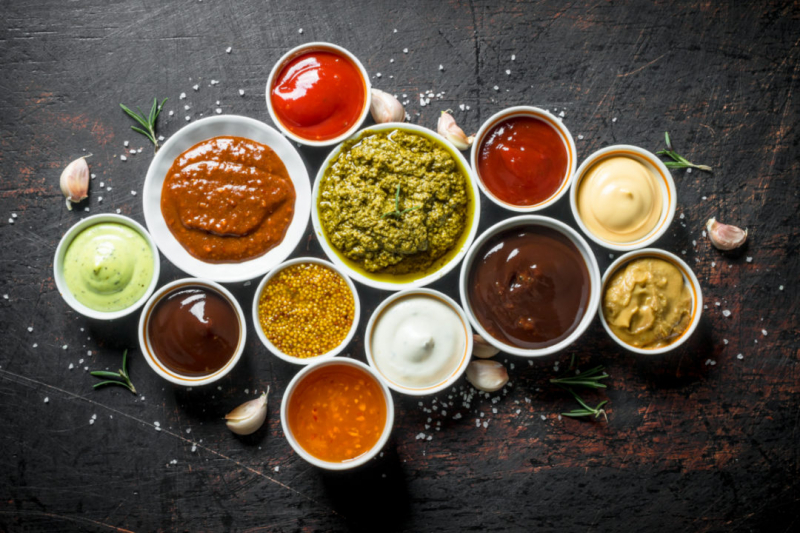
Avoid sauces with added sugar -
Low-fat varieties of your favorite foods, such as peanut butter, yogurt, and salad dressing. If you've been told that fat is bad, reaching for these alternatives instead of the full-fat ones may feel natural, especially if you're attempting to lose weight. The unsettling truth is that they often contain more sugar and calories than their full-fat counterparts.
For example, 24 grams of sugar and 144 calories are contained in a 6-ounce (170-gram) serving of low-fat vanilla yogurt. Full-fat plain yogurt has just 8 grams of naturally occurring milk sugar and 104 calories per serving. Sugar consumption has also been linked to weight gain, which opposes why you would have chosen low-fat food in the first place. It's frequently best to pick full-fat foods instead of low-fat foods while trying to reduce your sugar intake. However, be sure to read the ingredient list so you can make the best decision.
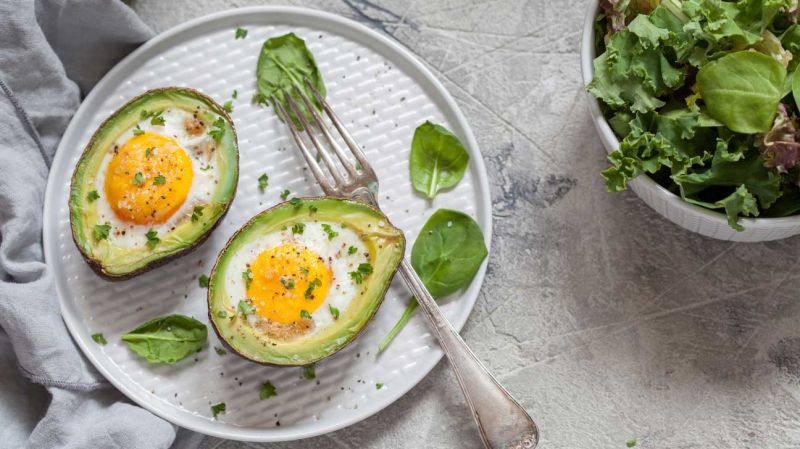
Eat full-fat foods 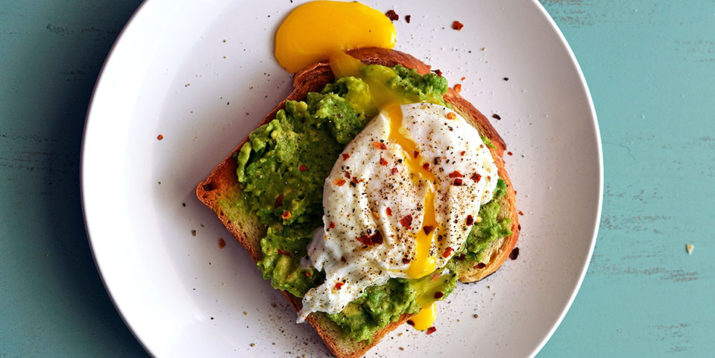
Eat full-fat foods -
Whole foods haven't been refined or processed. They're also devoid of artificial ingredients and additives. Whole fruits, legumes, whole grains, vegetables, and meat on the bone are among these foods.
Ultra-processed foods are prepared foods that contain salt, sugar, fat, and additives in combinations that are made to taste great, making it difficult to limit your intake. Soft drinks, sugary cereals, chips, and fast food are examples of ultra-processed foods. Ultra-processed foods account for over 90% of added sugars in the average American's diet, whereas foods prepared from scratch at home using whole ingredients account for only 8.7%. If it is possible, cook from scratch to avoid added sugars. You are not required to prepare complex meals. Simple preparations such as marinated meats and roasted vegetables give delicious results.
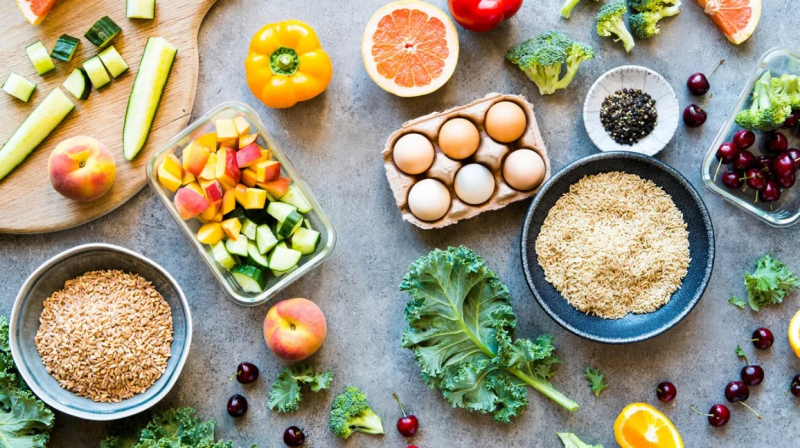
Eat whole foods 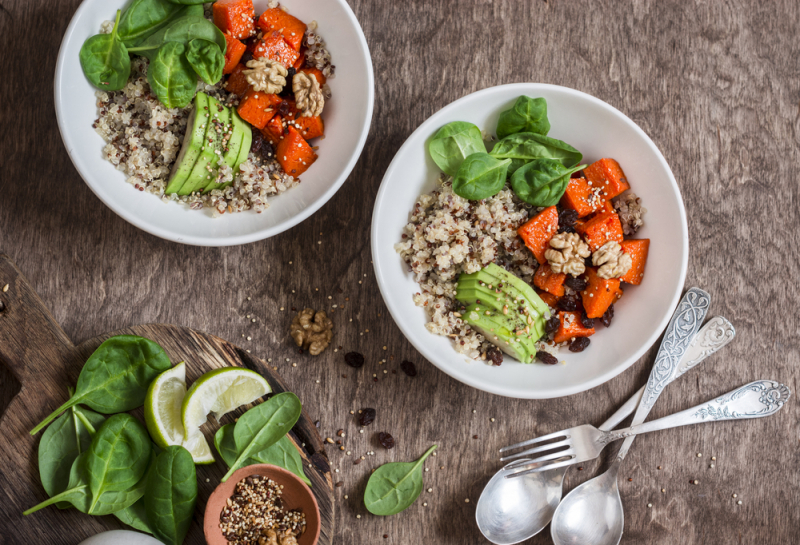
Eat whole foods -
Canned goods are diverse in flavors and types to meet the needs of many people. These items can be a handy and inexpensive addition to your diet, but they can also be high in sugar.
Avoid canned foods that include syrup or have sugar listed as an ingredient. Fruit is naturally sweet, so choose varieties that are "packed in water" or "no added sugar". Keep an eye out for canned foods with multiple ingredients, such as ready-made soups and pasta, as they often have higher sodium and sugar levels. Your best bet for avoiding extra salt and sugar is to choose canned goods that contain only one food item. Or you may eliminate some of the added sugar from canned fruits and vegetables by rinsing them in water before eating them.
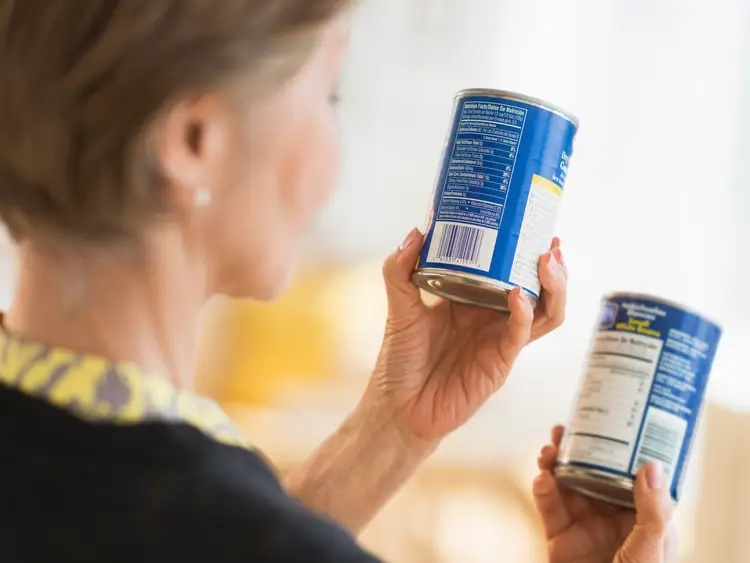
Check for sugar in canned foods 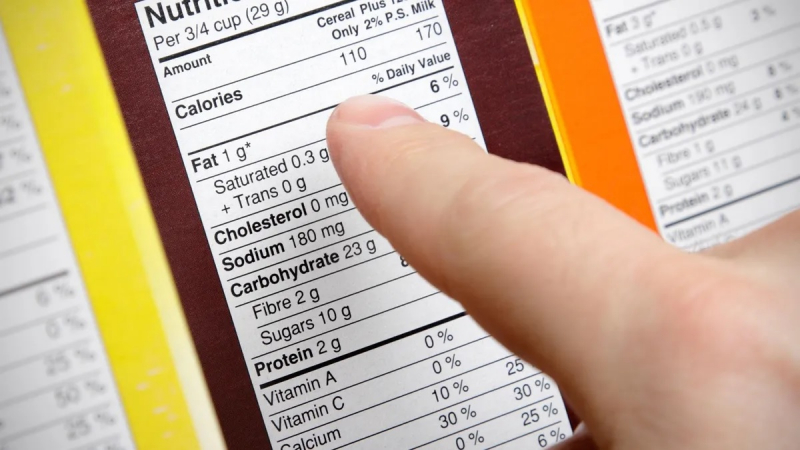
Check for sugar in canned foods -
A "health halo" is present in some processed snack foods. They appear healthy at first glance, and marketing words like "wholesome" or "natural" may be employed to make them appear healthier than they are. Surprisingly, these snacks (granola bars, protein bars, and dried fruit) might have the same amount of sugar like chocolate and candy bars.
A good example is dried fruit. Fiber, nutrients, and antioxidants abound. So rather than use the word “healthy” to describe a food, it’s better to use the term “nutrient-dense". This refers to foods that pack a lot of nutrients per gram. However, because it contains high levels of natural sugar, you should consume it in moderation to avoid overdoing it. Nuts and seeds, no-sugar-added jerky, hard-boiled eggs and fresh fruit are some great low-sugar snack suggestions.
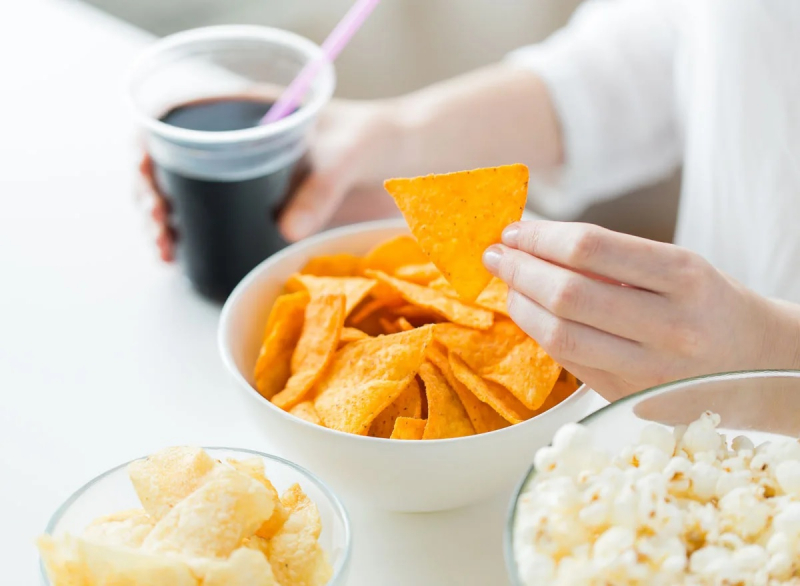
Be careful with “healthy” processed snack foods 
Be careful with “healthy” processed snack foods -
Some breakfast cereals contain a lot of sugar. According to one study, some of the most popular ones had more than half their weight in sugar added. According to the research, one cereal had more than 12 teaspoons (50 grams) of sugar per serving, making it 88% sugar by weight.
Furthermore, the study discovered that granola, which is typically touted as a healthy snack, has more sugar than any other type of cereal. Pancakes, waffles, muffins, and jams, among other breakfast foods, are high in added sugar. You can save the sugary breakfasts for special occasions and replace them with these low-sugar options such as oatmeal sweetened with fresh fruit; Greek yogurt with fruit and nuts; egg scramble with cheese and veggies or avocado on whole-grain toast. Starting a day with a low-sugar, high-protein, high-fiber alternative can keep you satisfied until lunchtime and reduce excessive snacking.
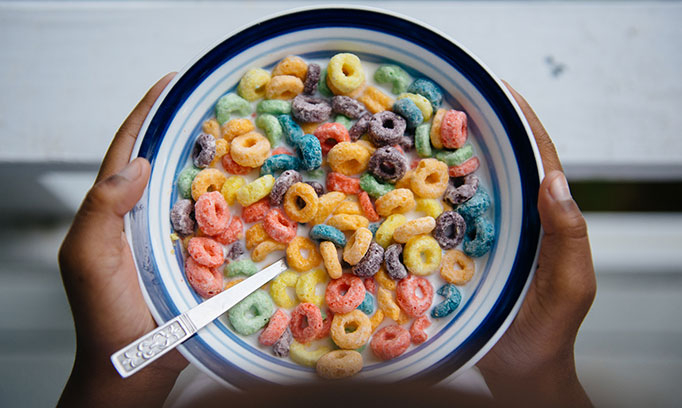
Limit sugary breakfast foods 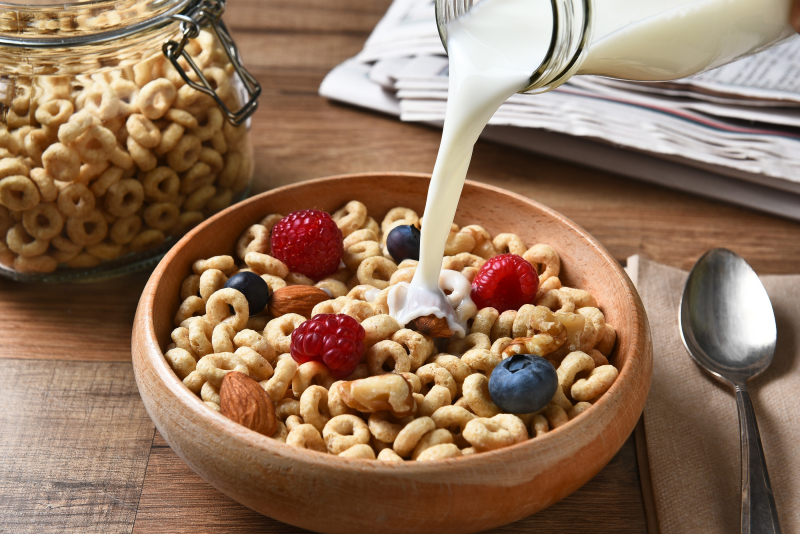
Limit sugary breakfast foods -
It's not as simple as avoiding sweet foods to eating less sugar. You've already seen that it can hide in surprising foods like ketchup and granola.
Food manufacturers are now required to disclose added sugars on food labels, which is a good thing. On foods that contain them, added sugars are mentioned under total carbs. You may also look for sugar in the ingredient list. The higher on the ingredient list sugar appears, the more sugar the item contains because ingredients are listed from the highest amount to the lowest amount used by weight. However, added sugar is listed under more than 50 different names on food labels, making it more difficult to identify. The following are some of the most common: high fructose corn syrup, cane sugar or cane juice, maltose, dextrose, invert sugar, rice syrup, molasses, caramel,...
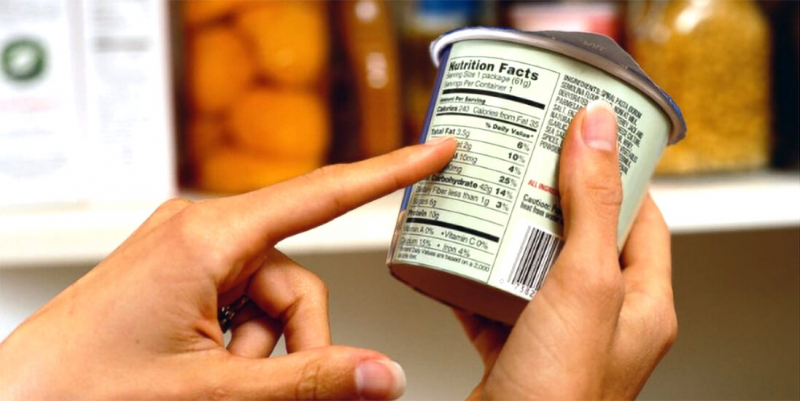
Read labels 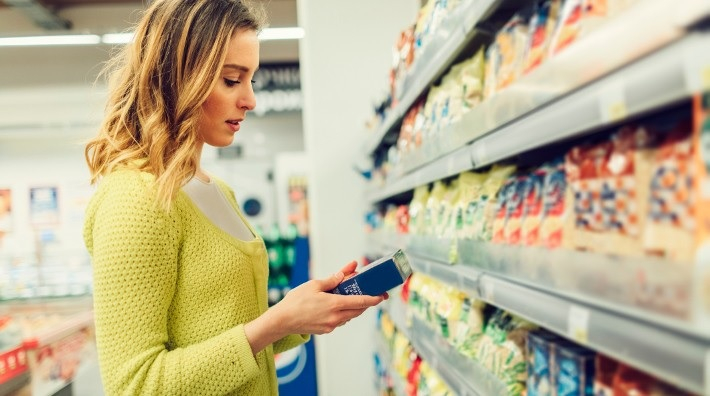
Read labels -
Increased appetite and weight gain have been related to a high sugar diet. A low-sugar, high-protein, high-fiber diet, on the other hand, may have the opposite effect, lowering appetite and promoting fullness.
Protein has also been demonstrated to lessen food cravings on a direct basis. According to one study, increasing protein in the diet by 25% lowered cravings by 60%. Protein has a Daily Value (DV) of 50 grams per day. However, some studies suggest that many people should be consuming far more than this. A high protein diet has a number of possible health benefits, including weight loss, muscular building, and overall promoting health. Stock up on protein-rich whole foods like meat, fish, eggs, full-fat dairy products, avocados, and almonds to stave off sugar cravings.
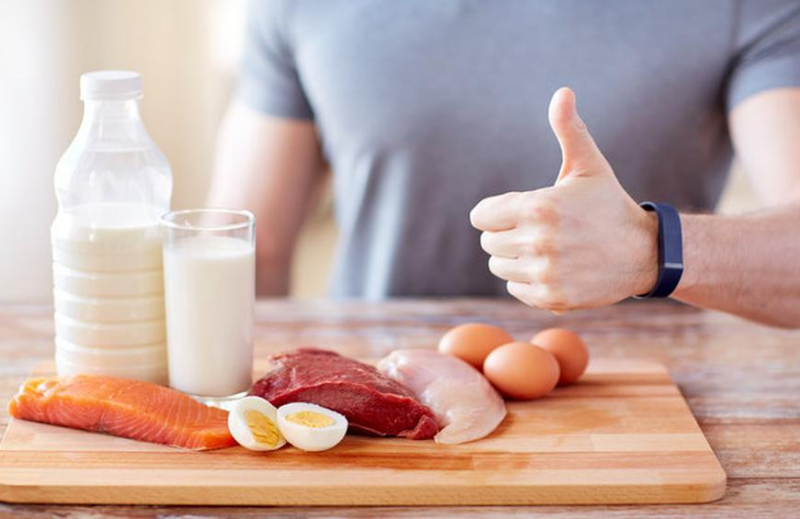
Consider eating more protein 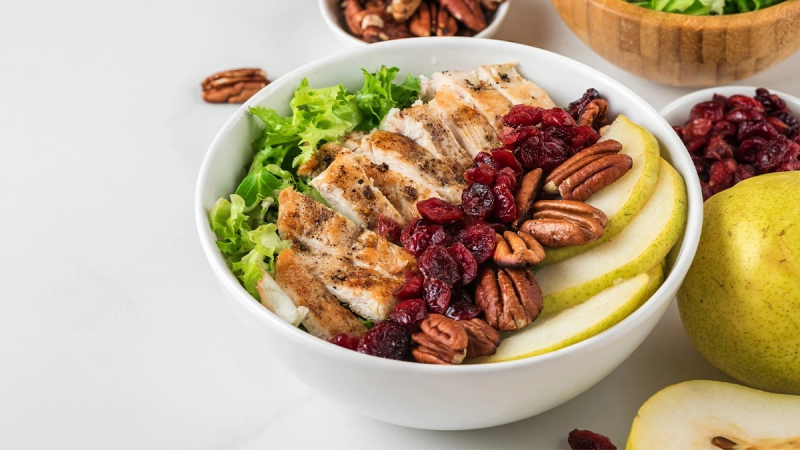
Consider eating more protein













